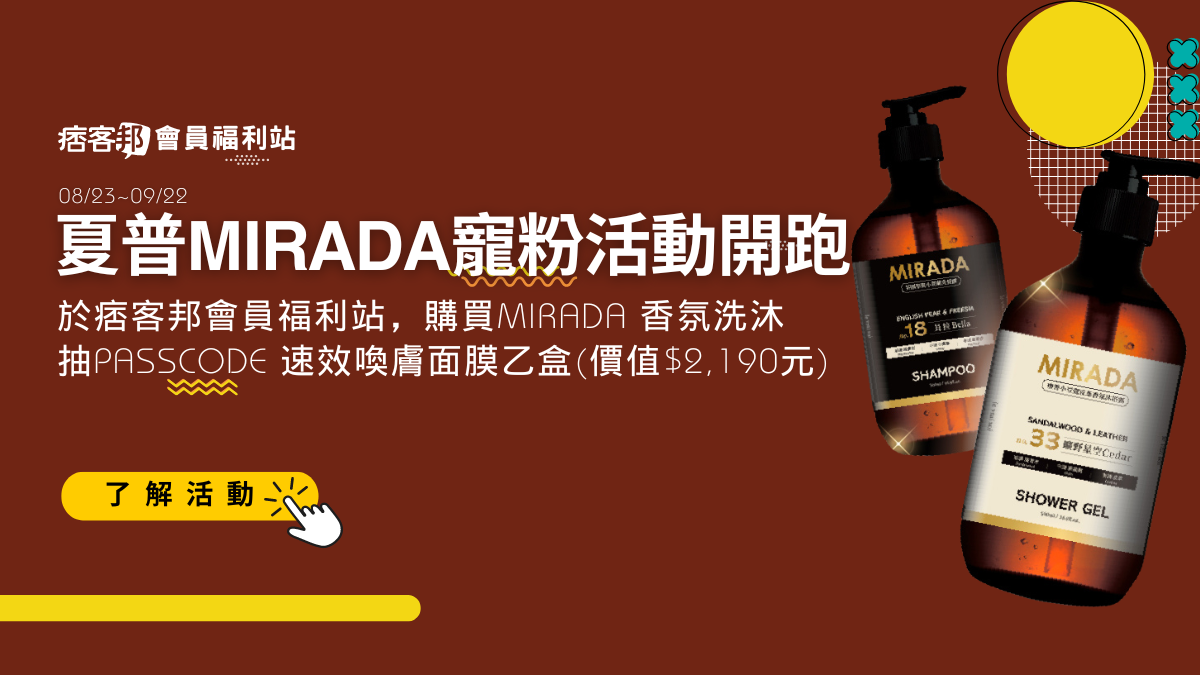Tea culture holds a revered position both in Japan and China, manifesting through deeply ingrained traditions, each with distinctive ceremonial practices and aesthetic values. Both cultures have refined their tea sets to not only optimize the brewing process but also enhance the overall sensory experience of tea drinking. This article dives into a comparative analysis of Japanese and Chinese tea sets, focusing on user interaction and engagement, equipment aesthetics, and suitability for different types of tea.
User Interaction and Engagement
Japanese tea ceremonies, known as Chanoyu, require a high level of user interaction and personal engagement. The process is meditative, involving precise movements and a deep focus that reflects the Zen philosophy of mindfulness. Every aspect of the ceremony, from the way the tea is scooped out of the Chaki (tea caddy) with a Chashaku (tea scoop) to how the tea is whisked with a Chasen (bamboo whisk), is deliberate and meaningful. The engagement here is not just physical but also spiritual, promoting a moment of tranquility and reflection in the user's busy life.
In contrast, Chinese tea ceremonies, particularly the Gongfu Cha, are more about the artistry and skill of tea preparation. While it also requires significant user interaction, the focus is more on the mastery of the technique and the appreciation of the tea's flavors through successive, meticulous infusions. The process involves handling multiple pieces of equipment such as the Yixing teapot, Gaiwan (lidded bowl), and various small cups, making the ceremony a dynamic and engaging experience that celebrates the complexity of tea flavors.
Equipment Aesthetics
The aesthetics of tea sets in both cultures not only serve a functional purpose but are also a reflection of each culture’s artistic heritage. Japanese tea set are typically minimalist, reflecting the wabi-sabi philosophy that finds beauty in simplicity and imperfection. The materials used, such as ceramic and bamboo, are often natural and understated, which helps to emphasize a sense of peace and natural beauty during the tea ceremony.
Chinese tea sets, however, often showcase more ornate and elaborate designs, with a strong emphasis on the craftsmanship and material quality. Yixing teapots, known for their beautiful clay and unique ability to absorb tea aromas, are a prime example. The visual and tactile quality of Chinese tea set plays a critical role in enhancing the tea drinking experience, with each piece often being a work of art that is both functional and aesthetically pleasing.
Suitability for Different Types of Tea
When it comes to adapting to different types of tea, each set offers its own advantages. Japanese tea sets are traditionally designed for the preparation of green teas, particularly matcha, which is central to the Japanese tea ceremony. The design of the Chawan (tea bowl) and other tea ceremony utensils are optimized for the preparation and enjoyment of these teas, focusing on temperature control and the aesthetic presentation of the tea.
Chinese tea sets are incredibly versatile, designed to accommodate a wide range of teas, from delicate white and green teas to robust oolongs and pu-erhs. The Gongfu Tea Set, with its array of tools like the Gaiwan and small, sniffing cups, is specifically designed to enhance the brewing of complex teas that require precise control over steeping times and temperatures. This adaptability makes Chinese tea sets particularly appealing to connoisseurs who appreciate a broad spectrum of teas.
Conclusion
Both Japanese and Chinese tea sets offer unique approaches to tea preparation and enjoyment, tailored to the cultural contexts and aesthetic values of each tradition. Japanese tea sets focus on minimalism, promoting a meditative interaction with tea, while Chinese tea sets celebrate the artistic skill of tea preparation and the sensory pleasures of tea tasting. Depending on one’s personal preferences for engagement, aesthetic appreciation, and the types of tea they enjoy most, either of these tea sets could enrich the tea drinking experience, providing not just a beverage, but a bridge to cultural heritage and artistic expression.


 留言列表
留言列表


